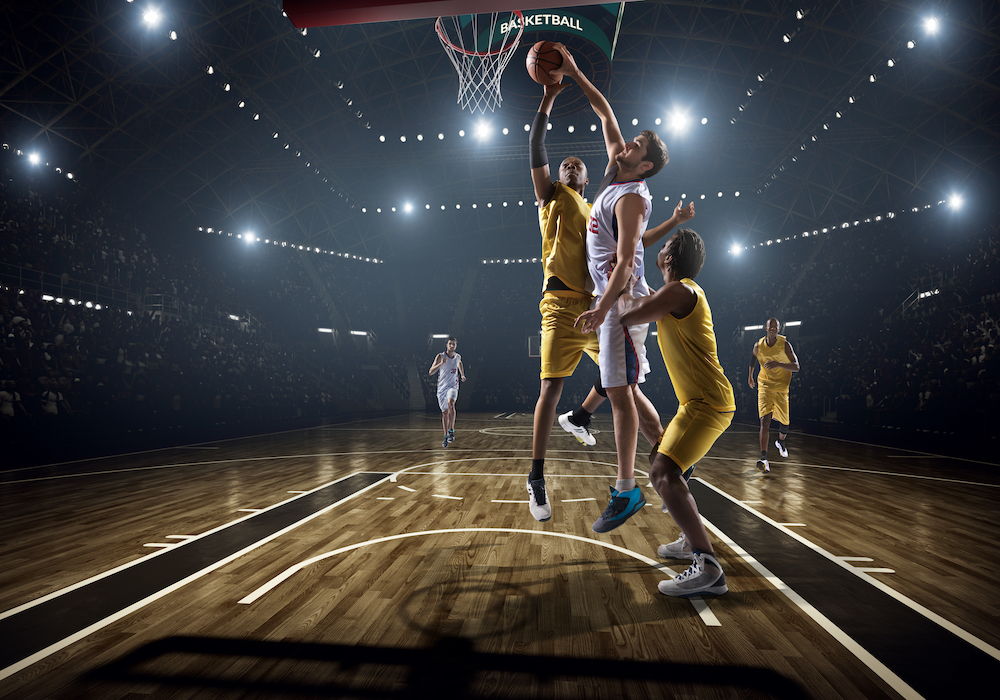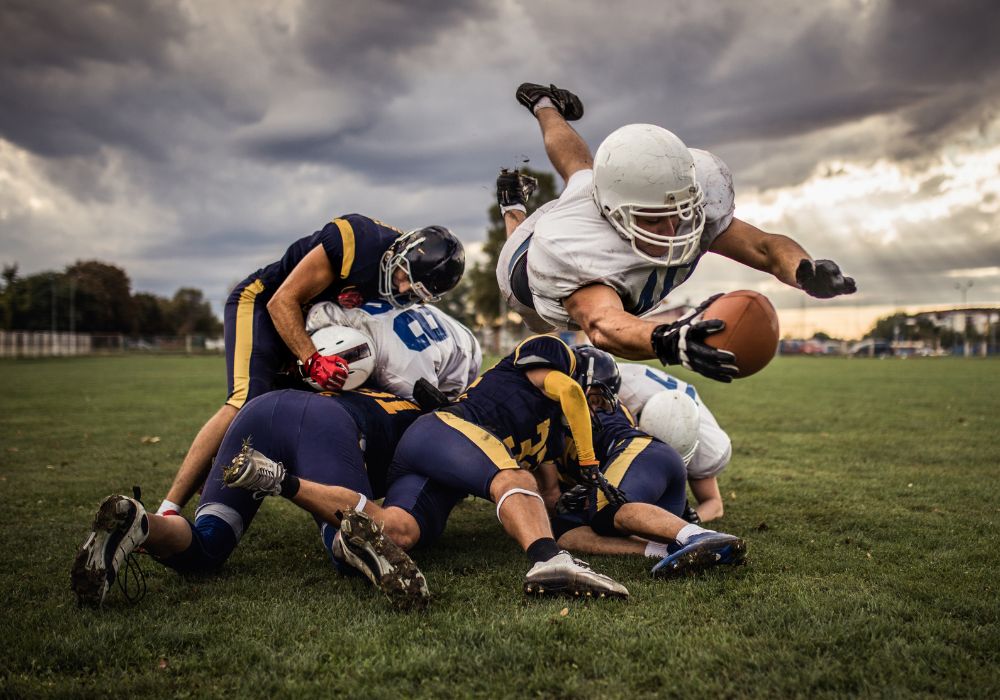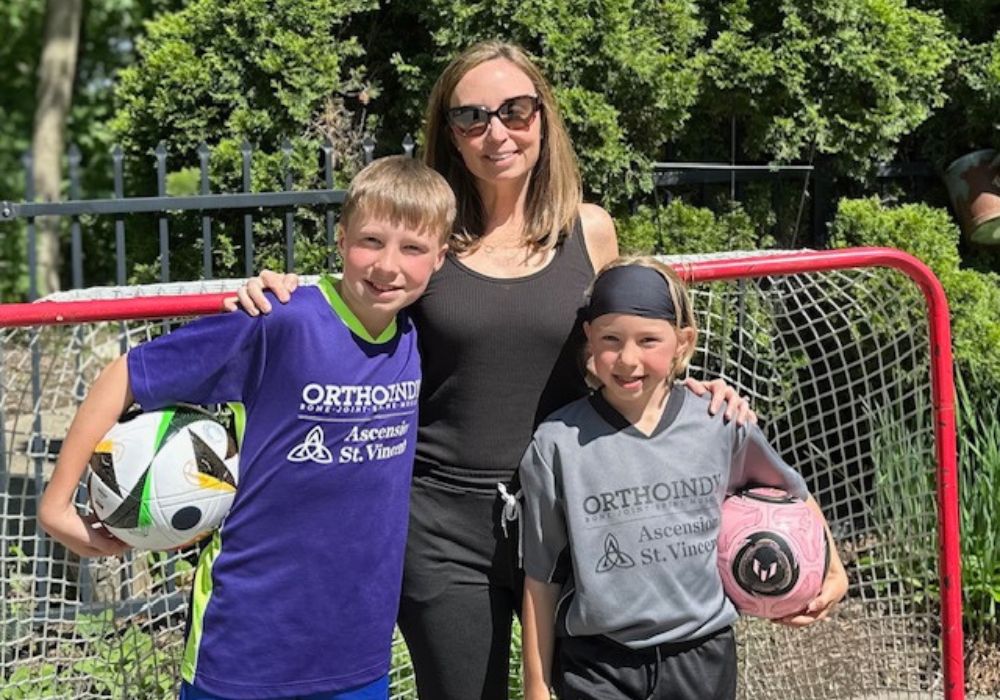THIS IS PART OF THE ULTIMATE GUIDE TO SPORTS MEDICINE
It’s every basketball fan’s favorite time of year, March Madness. A time where basketball is constantly on TV and the action doesn’t stop.
The men’s NCAA National Tournament is composed of 67 games with 68 teams competing. Basketball in general tests players’ endurance and stamina. If players aren’t properly prepared and conditioned, injuries may occur.
Luckily, Dr. Daniel Lehman, OrthoIndy foot and ankle specialist discusses how to treat common basketball injuries and provides tips on how to prevent them.
What is the injury rate for basketball?
According to Stop Sports Injuries, there are 1.6 million injuries every year and the most common basketball injuries are:
Most of the injuries occur in practice from inadequate warm-ups or during the second half of a game due to fatigue. Overuse injuries are also very common among basketball players.
“As a foot and ankle specialist, the most common basketball injuries that I see in my office are ankle sprains, metatarsal fractures and Achilles injuries,” said Dr. Lehman. “These usually are a result of landing awkwardly and twisting your foot.”
Download the Ultimate Guide to Foot and Ankle Injuries
How are basketball injuries treated?
In most cases, basketball injuries can be treated non-operatively with rest, ice and rehabilitation. However, more serious injuries may require surgery.
- “Ankle sprains in basketball are usually treated by a short period of immobilization or support followed by rehabilitation and progressing to return to play,” said Dr. Lehman. The length of time to return to play is dependent on the severity of the ankle sprain.
- Jammed fingers may not seem serious at first, but if left untreated they can take you out of basketball for months. Depending on the type of injury and severity, your finger may be put in a splint, cast or you may need surgery.
- Knee injury recovery depends on the type of injury. Sprains and strains can be treated with ice, physical therapy and a knee brace. Ligament injuries to the knee often will require surgery.
If an injury occurs, you can visit an OrthoIndy Urgent Care at a location near you or make an appointment with an OrthoIndy specialist. OrthoIndy doesn’t treat head injuries so visit an emergency room if one occurs.
How do you not get injured in basketball?
Dr. Lehman has eight tips on how to prevent basketball injuries.
- Wear basketball shoes that are non-skid and the correct size.
- Wear the appropriate protective gear such as mouth guards, ankle or knee braces or safety glasses.
- Do a proper warm-up and cooldown.
- Wipe the bottom of your shoes and make sure they are dry, so you don’t slide on the court. Also, make sure the court is properly taken care of to avoid slipping.
- Practice the correct technique to help from landing awkwardly or taking a misstep while passing, jumping or performing a skill.
- Make sure you don’t play through muscle fatigue and take a break when you feel an overuse injury coming on.
- Play at your fitness and skill level.
- Be aware of your surroundings while playing, looking out for picks and other players. Falling on the hardwood floor can be painful so make sure you know where you’re throwing your body.
Learn more about OrthoIndy Sports Medicine.
Schedule an appointment
Your well-being is important to us. Click the button below or call us to schedule an appointment with one of our orthopedic specialists. If your injury or condition is recent, you can walk right into one of our OrthoIndy Urgent Care locations for immediate care. For rehabilitation and physical therapy, no referral is needed to see one of our physical therapists.





